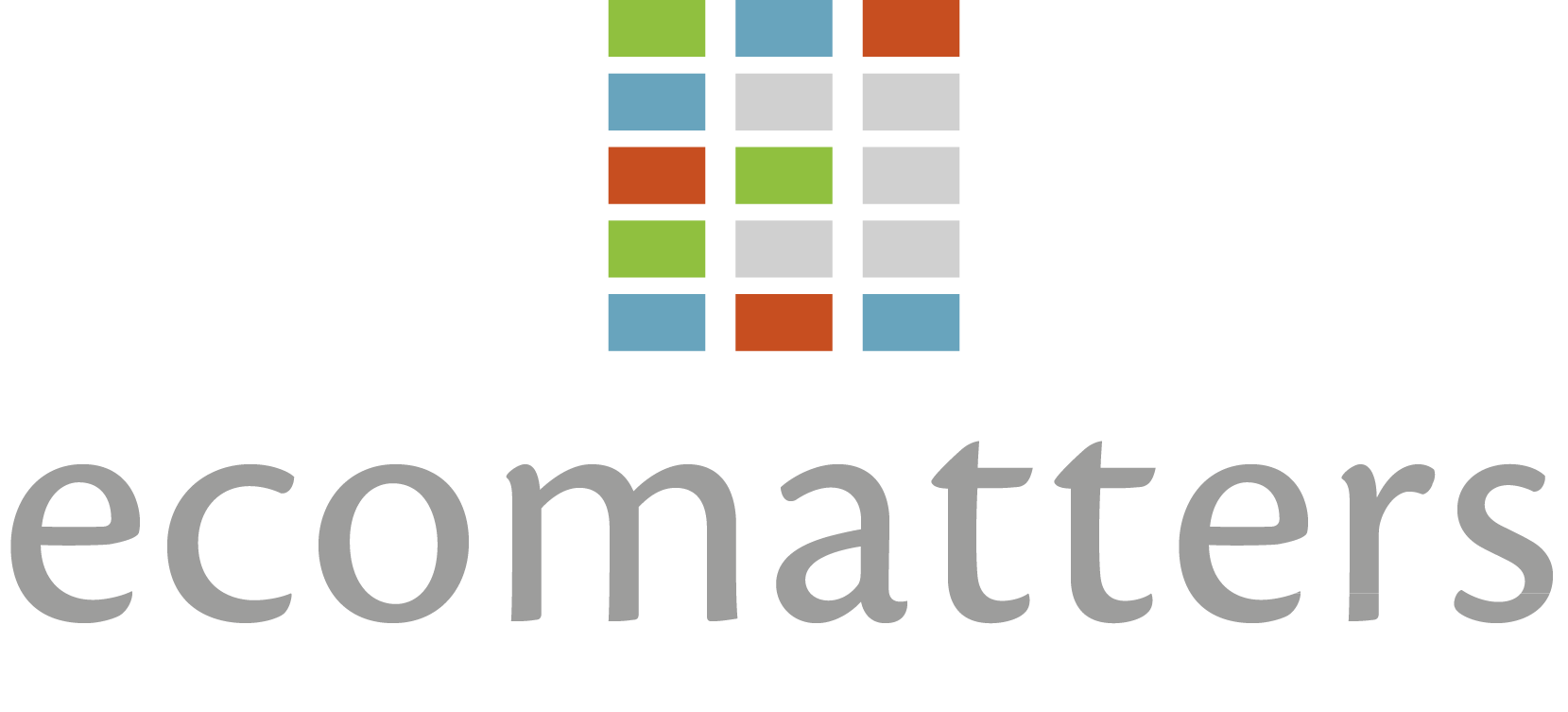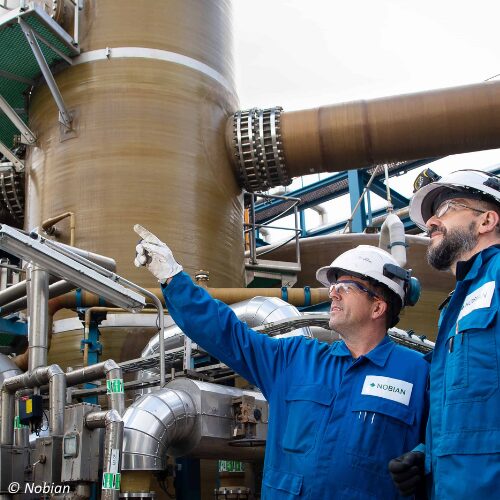What is the CDP?
CDP is a non-profit that operates an independent environmental disclosure system. It provides a platform for companies, cities, states, and regions to report their environmental impacts, especially in relation to climate change. Reporting occurs annually.
The advantages of CDP reporting
Engaging in CDP reporting offers several benefits:
- Clear commitments: Transparency on environmental performance and targets strengthens a company’s public image when supported with clear commitments.
- Risk management: Identifying and disclosing environmental risks allows companies to develop strategies to mitigate potential negative impacts arising from environmental challenges.
- Investor confidence: Many investors use CDP scores to assess a company’s environmental responsibility, influencing investment decisions and access to capital.
- Alignment with other reporting standards: Environmental regulations and reporting have become mandatory for many businesses. CDP reporting can be aligned with several global sustainability reporting frameworks and standards.
Who can report, and what is covered?
A wide range of business sectors and their value chain can report in the framework. Specific examples are financial services, oil & gas, coal, capital goods, transport OEMs – EPM, chemicals, metals & mining, transport services, steel, agricultural commodities, electric utilities, transport OEMs, cement, food, beverage & tobacco, paper & forestry, real estate, and construction. There is also a generic category covering all other sectors.
The reporting is done through CDP Corporate Questionnaire. This questionnaire covers these main topics:
1. Governance and business strategy
- Details on the organisation’s governance structure concerning environmental issues
- Board-level oversight and integration of environmental considerations into business
2. Impacts, risks and opportunities
- Identification, assessment, and management of your environmental dependencies and its impacts, risks and opportunities
3. Environmental performance
- Climate change, scope 1, 2, and 3 greenhouse gas (GHG) emissions accounting, methodology, performance and targets
- Specific disclosures for environmental performance aspects related to water, forests, biodiversity, and plastic. Financial services are a separate category specifically for companies that invest or insure activities with a critical
Key components of CDP reporting
Effective CDP reporting involves several key elements:
- Comprehensive data collection: Gathering accurate data on greenhouse gas emissions, energy consumption, and other environmental metrics.
- Strategic planning: Developing and implementing strategies and setting sustainability targets to reduce environmental impacts
- Stakeholder engagement: Engaging stakeholders ensures that sustainability goals align with business strategy and industry best practices.
- Continuous improvement: CDP scores can serve as a benchmark for long-term sustainability performance. Regularly updating policies and targets demonstrates commitment to progress.
Ecomatters Support
With over 10 years of experience in corporate sustainability reporting, Ecomatters is well-equipped to support and guide you through your sustainability reporting needs.
Ecomatters can assist in:
- Developing sustainability strategies
- Sustainability goal setting (including setting Science Based Targets)
- Design and support carbon reporting systems, for example, supporting with GHG Protocol reporting, including restatement of baselines
- Assistance in complying with CDP compatible frameworks and standards such as GRI, ESRS (CSRD)
If you would like to discuss working with Ecomatters on Carbon Disclosure Project reporting, plan a call with one of our experts today!
Reporting standard services
Contact us
Eelco van IJken
Brienne Wiersema
Case studies
In preparation for the upcoming Corporate Sustainability Reporting Directive (CSRD)…
Ecomatters has supported Quik’s Quality Potatoes B.V. in the calculation…
Call with our consultant
Do you want to know more about how we can help? Schedule a call with one of our consultants to ask your questions.





